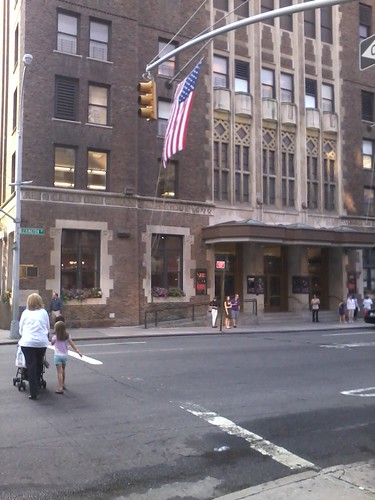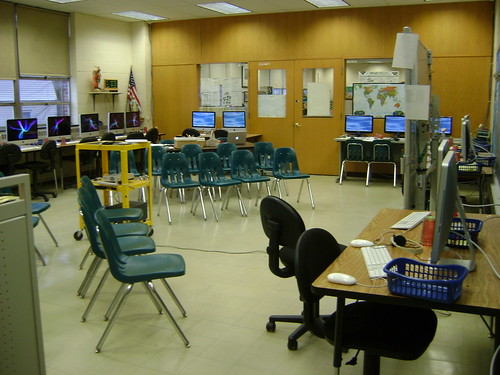Teaching Students About Formal vs. Informal Spaces
There are many views on how formal a teacher chooses to keep the Edmodo space. At this point, I am insisting on proper capitalization, punctuation and avoiding texting short cuts. I've spoken with the different classes about the difference between how we choose to speak in formal situations such as in the classroom and informal situations like a backyard picnic. I shared the fact that people look at us differently in different situations. We need to become savvy about this in online spaces, too. I do not have the students using the Edmodo page like a Facebook wall. For my purposes, it fills up the screen with too many off-task messages.
Three Types of Assignments and Why
I have had three different types of assignments, so far.
Uploaded File
The first type is a project that has work that will be handed in and graded such as a word processing task completed in Open Office. I use Open Office to teach the students a variety of skills. Some examples include using tabs to set up a heading, checking for proper spacing between words and after punctuation, and handing in a well proofread document. I am finding great benefits to handing in the assignment through Edmodo. When I get home, I am able to download the document and save it with a different name. I use the highlighter tool to highlight mistakes of the same type in like colors. Then I use the same highlighter color and provides notes to the student on specific ways to improve.Next, I upload my new version of the file on a comment back to the student in Edmodo assignment. I ask them to download the attached file. Read all the notes in the revised word processing document and think about one thing they can do to improve their work next time. In Edmodo, they type how they will improve next time as another comment. The next time they do a word processing assignment, I send them to their note in Edmodo to remind themselves what they planned to do to improve their skills.
Reply as a Comment
The second type of task is a project where the students do some research and provide answers to me in comments on the assignment. I have used this method in project work when my students researched partner schools in a collaboration. We are working on the Progressive Story wiki with four other schools. As an assignment, I asked the students to look at the school web sites for our partner schools and find one thing that is the same about both of our schools, one thing that is different between our schools, and one interesting thing about the other school.
Once they find their facts, they turn in the information as a comment on the assignment.
Check Point
The third type of task is a check point in the middle of a larger project. My eighth grade students are creating a presentation in Google Docs with a partner. The process involves finding and bookmarking images, importing images into the presentation, and writing speaker notes. I've added these three check points as Edmodo assignments. When a student completes one part of the assignment, they "turn in" that assignment with a comment that they have bookmarked all images, imported and added link backs to the images, or finished their speaker notes. In a glance, I can open Edmodo and see where each student is in the process.
Wrap Up
There are probably more things I can share. For now, this is a good recap of some of the aspects of Edmodo that are working for me in the computer lab.

















